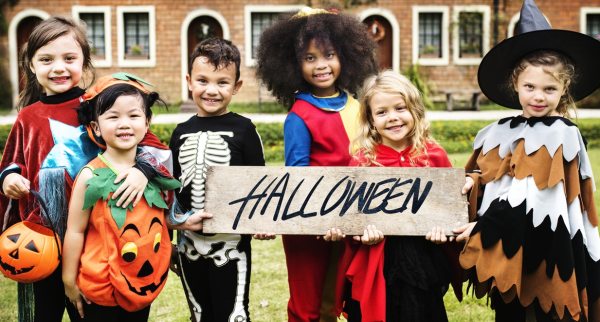Halloween may not be an officially recognized federal holiday, but for many schools and millions of children it may as well be. While many towns have already celebrated Halloween with trick-or-treating this past weekend, today is the day of costume and candy for the majority of American children.
Online the CDC has “safe and healthy” recommendations for Halloween, which primarily apply to adults. Related to children, they advise trick-or-treaters to “take precautions to stay safe while trick-or-treating on Halloween night. Watch out for cars, use reflective gear, walk with a group, and carry a flash light.” Many publications focus on the negative possible consequences of trick-or-treating, particularly that of night trick-or-treating when vision is limited, and adult intoxication is more likely. A head injury is not something a child should receive from Halloween, so properly accompanying a child or thoroughly teaching an older child to trick-or-treat safely is necessary.
But even though there is parental worry, trick-or-treating is an enjoyable part of being a youth. After a child has a brain injury that should not be taken away from them. In Middletown, OH, police delivered Halloween candy to the disabled last week. (While the article related to this event does not state if the police delivered candy to those with brain injury, one can assume they did, as they did for all children who had limited ability to trick-or-treat.) Related specifically to brain injury, a UK-based website warns of the issues that Halloween can cause for those with sensory issues (costumes) and noise problems (fireworks). For those with issues that make trick-or-treating impossible, a Parents magazine online also provides ideas for other ways to celebrate the day.
Since in journalism, sensation traditionally brings in readership, most of the articles related to Halloween seem to focus on danger. Many state websites note suggestions/guides for parents and children for safe trick-of-treating, such as HeadSmart, published by the Brain Injury Association if Utah. For those who have a brain injury and have the ability to wear a costume and/or trick-or-treat, I hope you have the chance to do so today. For those who are medically unable to do so, I hope you are still able to celebrate in a different, but equally enjoyable way.

